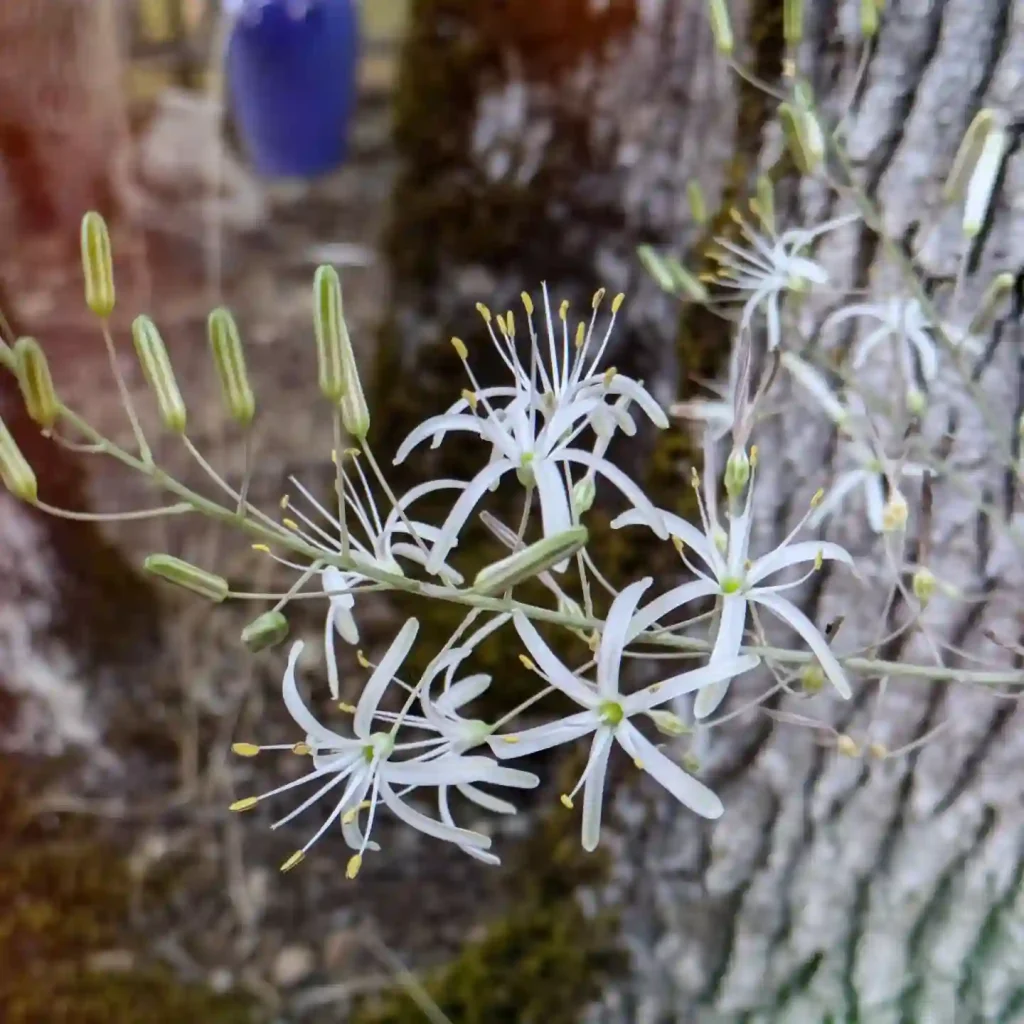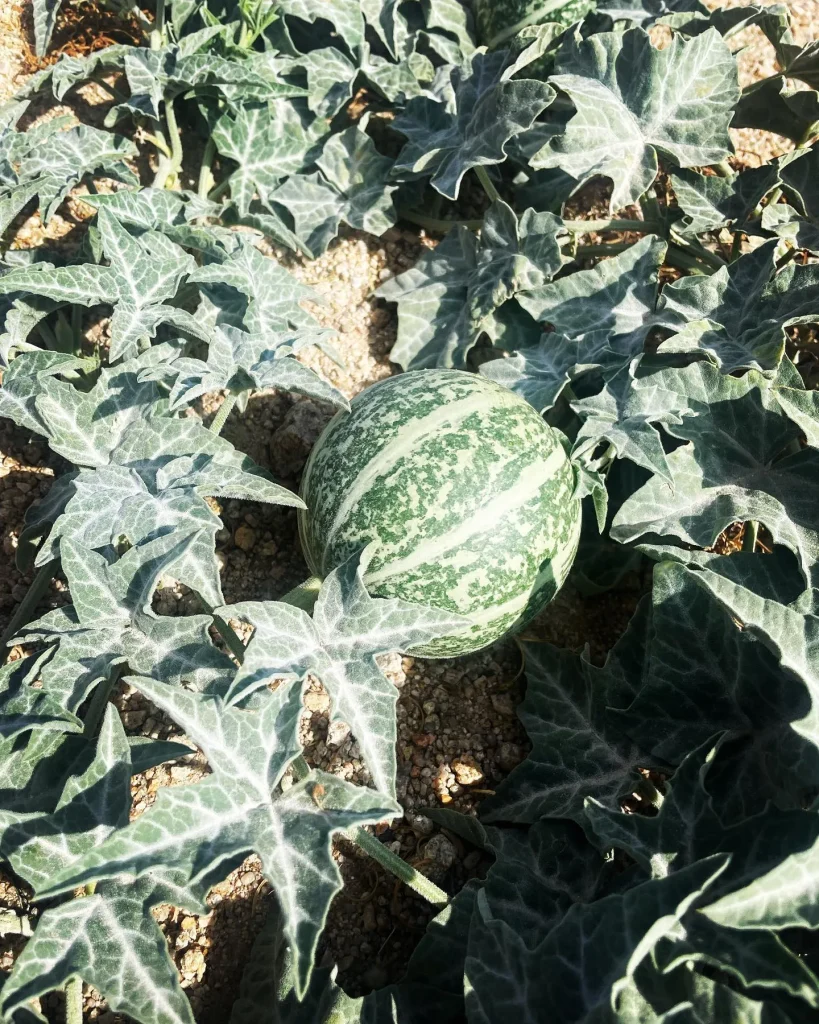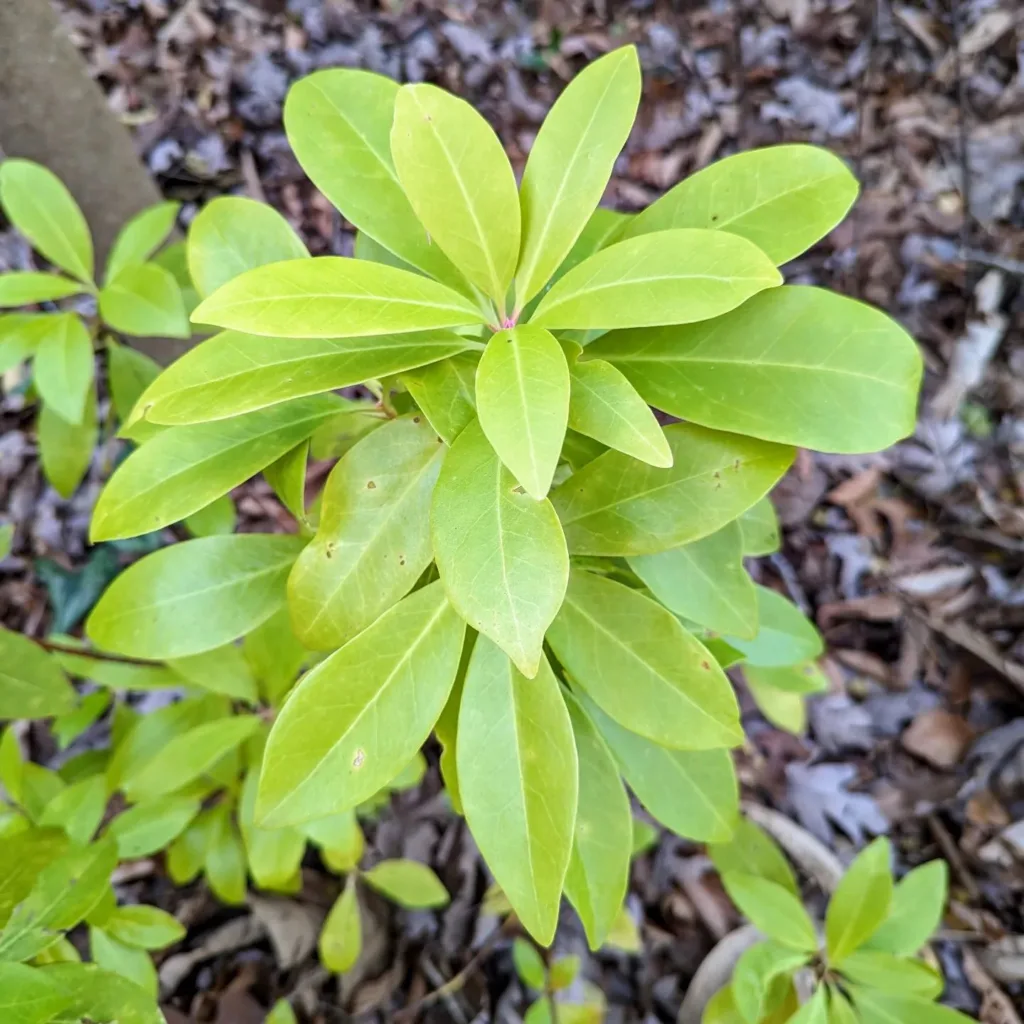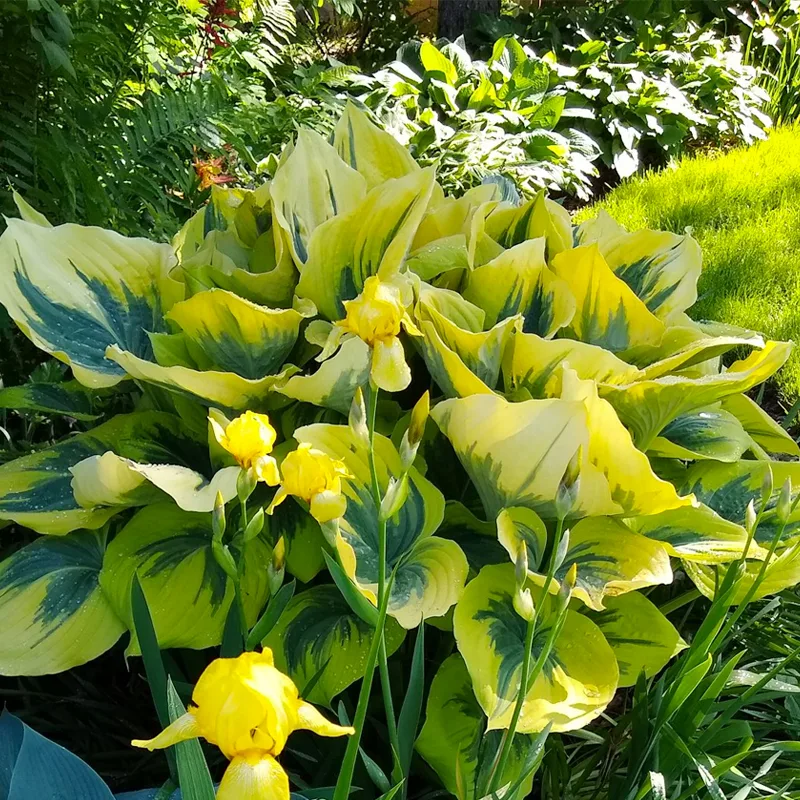Exploring the Salvadoraceae Family: A Unique Botanical World
The Salvadoraceae family, though not as widely known as some other plant families, holds a fascinating niche in the botanical world. I’ve always been intrigued by its unique characteristics, both in terms of its genera and its ecological relevance. In this article, I’ll dive into the key aspects of the Salvadoraceae family, focusing on its distinct genera and the ecological roles they play. This exploration is especially interesting if you’re into plant taxonomy or just enjoy learning about diverse plant families.
What is the Salvadoraceae Family?
The Salvadoraceae family is relatively small, consisting of only three genera: Salvadora, Azima, and Dobera. These plants are mostly found in tropical and subtropical regions of Africa and Asia, thriving in arid and semi-arid environments. The family is part of the order Brassicales, which also includes more well-known families like Brassicaceae (the mustard family).
I find it fascinating how these plants have adapted to survive in some of the harshest climates on Earth. Their ability to withstand drought and poor soil conditions speaks volumes about their resilience and evolutionary ingenuity.
Genera of the Salvadoraceae Family
Salvadora – The Toothbrush Tree
The most well-known genus in this family is Salvadora, particularly Salvadora persica, commonly known as the toothbrush tree or Miswak. This plant has been used for centuries as a natural toothbrush, thanks to its fibrous branches and antimicrobial properties. I’ve tried using Miswak, and it’s quite effective in maintaining oral hygiene. It’s not just a traditional practice; scientific studies have shown that Miswak has natural antibacterial agents that help reduce plaque and gum disease.
Beyond its oral health benefits, Salvadora persica is also a valuable plant in dryland areas. It can thrive in saline soils where most other plants would struggle, making it an excellent option for reforestation and soil stabilization in degraded landscapes. This adaptability is a testament to the genus’s evolutionary success.
Azima – Lesser-Known but Equally Fascinating
Azima is a lesser-known genus within the Salvadoraceae family, with Azima tetracantha being the most prominent species. This plant is often found in dry, rocky habitats and has unique adaptations like thorny branches and leathery leaves, which reduce water loss and deter herbivores. I’ve seen this plant growing in some of the most challenging environments, where it provides shelter and food for various small animals.
In traditional medicine, Azima tetracantha is used for its anti-inflammatory and analgesic properties. Its leaves and roots are often used in herbal remedies to treat rheumatism and other inflammatory conditions. The medicinal potential of this genus is something I believe warrants further exploration, especially in the field of ethnobotany.
Dobera – The Desert Survivor
The Dobera genus, particularly Dobera glabra, is another remarkable member of the Salvadoraceae family. Native to arid regions of East Africa and the Arabian Peninsula, this plant is known for its drought tolerance and ability to grow in poor, saline soils. I’ve observed Dobera species in some extremely arid areas, and it’s impressive how they manage to remain green and productive even under such harsh conditions.
Dobera glabra is often used as a fodder plant in these regions, providing a vital source of nutrition for livestock during dry seasons. Its fruits are also edible, though not particularly palatable, and are sometimes consumed in times of food scarcity. The ecological role of Dobera in supporting both human and animal populations in desert areas cannot be understated.
Ecological and Cultural Importance
What stands out about the Salvadoraceae family is its ecological significance in arid and semi-arid ecosystems. These plants are not just survivors; they actively contribute to their environments by preventing soil erosion, providing food and shelter for wildlife, and serving as a source of traditional medicine and food for local communities.
For instance, the use of Salvadora persica as a natural toothbrush is not only a cultural tradition but also a sustainable practice that reduces the need for plastic toothbrushes. It’s these kinds of ecological and cultural intersections that make studying plant families like Salvadoraceae so rewarding.
Challenges and Conservation
Despite their resilience, plants in the Salvadoraceae family face threats from habitat loss, overgrazing, and climate change. The destruction of their natural habitats for agriculture and urban development poses a significant risk to these species. I think it’s crucial to promote conservation efforts that protect these unique plants, not just for their ecological roles but also for their potential uses in sustainable agriculture and medicine.
Final Thoughts
Exploring the Salvadoraceae family has deepened my appreciation for the diversity and adaptability of plants. From the Miswak’s dual role in oral health and soil stabilization to the hardy Dobera providing life in the desert, these plants are remarkable examples of nature’s resilience. If you’re a plant enthusiast like me, I encourage you to look beyond the more popular plant families and delve into the fascinating world of Salvadoraceae. You might just find a new favorite genus or two!
If i die, water my plants!



